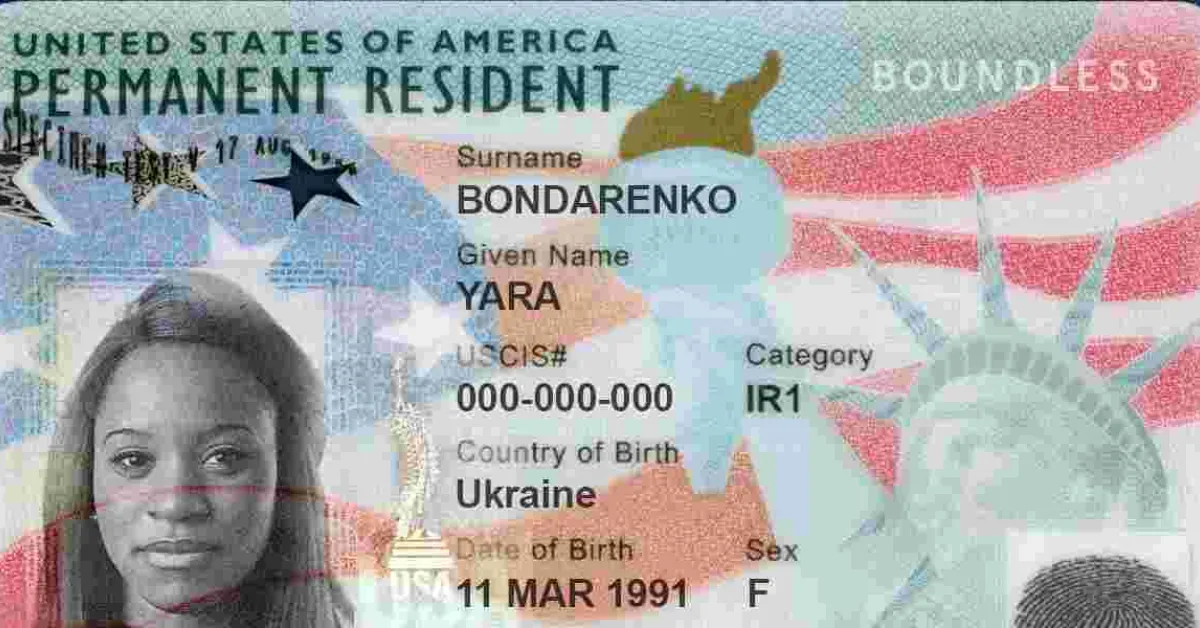Africa's Top US Green Card Recipients

The global trend of migration from less developed nations to more developed countries continues to shape demographic patterns worldwide.
This movement is propelled by a multitude of factors, including economic prospects, educational opportunities, family reunification, and the pursuit of personal safety. The United States, with its robust economy and diverse society, stands as a prime destination for many seeking to improve their living conditions. Central to the immigration process in the United States is the green card, officially termed the permanent resident card. This document confers legal status upon immigrants, allowing them to reside and work permanently in the country provided they adhere to specific conditions. As of 2023, the green card holder population in the United States stood at approximately 12.7 million, with a significant portion—nine million individuals—eligible for US citizenship.
Recent data from the US Census Bureau, released in April 2024, reveals that the immigrant population in the United States has reached 46.2 million, constituting nearly 14% of the total US population. This statistic highlights the nation's enduring appeal as a destination for those in search of improved life circumstances and opportunities. Sub-Saharan Africa, in particular, has witnessed a considerable outflow of its population. According to estimates by the United Nations Population Division, roughly 28.3 million sub-Saharan Africans now reside outside their countries of birth. While a majority of these migrants—17.8 million or 63%—have relocated within Africa to countries such as Côte d'Ivoire, South Africa, Uganda, Sudan, and Nigeria, a significant number have ventured further afield.
The United States emerges as the primary destination for sub-Saharan African immigrants outside the continent, followed by the United Kingdom, France, Italy, and Canada. Within the United States, the distribution of African immigrants varies by region of origin. Eastern African immigrants comprise the largest group at 737,000, representing 35.2% of total African immigrants. Western Africa follows closely with 929,000 immigrants (44.2%), while Middle Africa and Southern Africa contribute smaller but significant numbers. According to the Office of Homeland Security, Nigeria tops this list of African countries receiving US green cards with 12,385 green cards issued in 2022, followed by Egypt, Cameroon, Ethiopia, and Ghana.
Other notable contributors include Kenya, Morocco, Congo, South Africa, and Algeria. Nigeria's prominence in this regard is particularly striking, as it ranks 17th globally and first among African nations in terms of green card recipients. On a global scale, Mexico, India, China, the Dominican Republic, and the Philippines top the list of countries whose nationals receive the most US green cards. While reasons for immigration vary, employment remains the primary motivator. USAFacts reports that in 2021, 42% of the 1.5 million immigrants to the US cited work as their primary reason for relocation. Green card holders, as permanent residents, enjoy substantial rights and bear important responsibilities.
They are entitled to live and work in the United States indefinitely, provided they do not engage in activities that could render them removable under immigration law. These individuals are protected by all applicable US laws at the federal, state, and local levels. Concurrently, they are obligated to abide by these laws, report their income to relevant tax authorities, and support the democratic system of government.














Comments
What is 'news' here? This is…
Permalink
What is 'news' here? This is just a 'copy paste' of a google search. Lazy journalism.
"Eastern African immigrants…
Permalink
"Eastern African immigrants comprise the largest group at 737,000, representing 35.2% of total African immigrants. Western Africa follows closely with 929,000 immigrants (44.2%), while Middle Africa and Southern Africa contribute smaller but significant numbers"
Ala! Wanasemaje
Ala Akbar
Permalink
In reply to "Eastern African immigrants… by Seneca Sifuna (not verified)
Ala Akbar
Add new comment